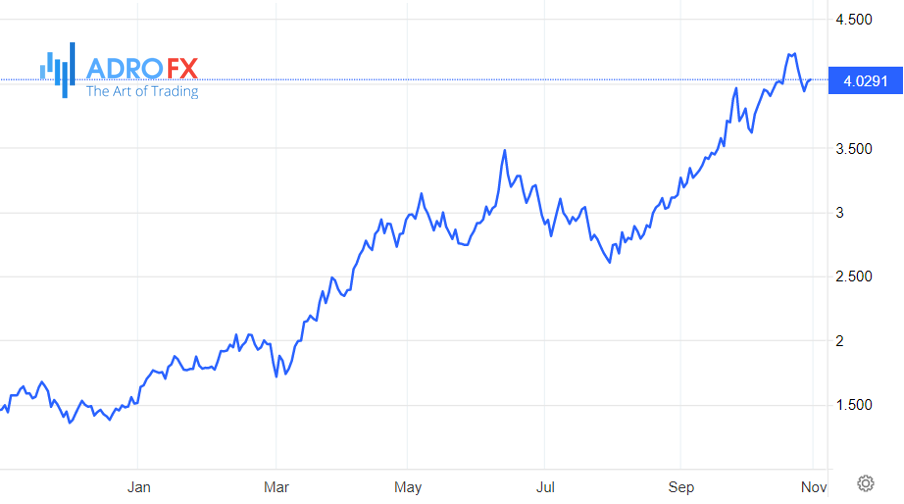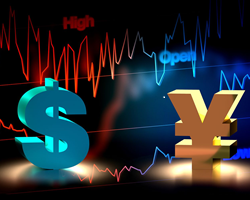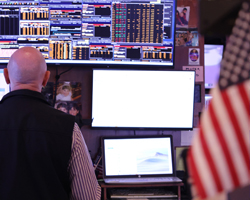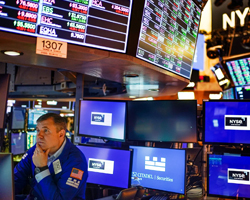The Culmination of the U.S. Market Decline | Daily Market Analysis

Key events:
Eurozone - EU Leaders Summit
USA - Initial Jobless Claims
USA - Philadelphia Fed Manufacturing Index (Oct)
USA - Existing Home Sales (Sep)
A Fed rate hike to levels above 4% will have a negative impact on the construction sector, real estate prices, and ultimately aggregate demand. U.S. companies will stop hiring and layoffs to cope with revenue pressures from both the strong dollar and falling demand in Europe as a result of the energy crisis, which will lead to higher unemployment in the U.S.
The Fed's current signals are a powerful negative for the entire stock market, especially for companies with heavy debt loads.
A global economic recession should be expected as early as Q1 2023. Likely, stock markets will then begin an accelerated decline.
By the end of 2022, the S&P 500 index could fall to around the 3,250-point mark. But in the short term, on supposedly optimistic news, the index could test strong resistance at 4,000-4,100 before starting a full-fledged decline. With pessimistic investor sentiment in 2023, the index could continue its decline to 2,700-2,800 points.

However, the USA might start up the printing press again which would take most companies back into the mainstream, but this is unlikely.
If the economic reports are weak and reflect a recession, the market might correct up a bit, as a slowdown in the economy might prompt the Central Bank to slow down the tightening of the monetary policy. But it will likely be a temporary rebound, as economic growth is needed for sustained growth.
Analysts predict that the S&P 500 index could sag to 3,000 to 3,265 points by the end of the year. Reporting season will also be a trigger for the decline. companies will continue to worsen their annual revenue and earnings forecasts amid inflation and consumer pessimism.

The market is now trading in a soft landing scenario, the chances of which are slim. And the problem, by the way, is not only in the weakening of the economy but also in the volume of debt - there's a bubble on the marginal positions of private investors and funds in the government debt market of developed countries, not everyone can refinance and service the corporate debt market. There are also doubts about the sustainability of the European banks – Credit Suisse, and Societe Generale. If their problems are confirmed, this will spill over to the European banking sector and then to the world.
The S&P 500 Index does not yet reflect the risk of a potential recession in the United States. The market's fall in September was due to the Fed's increased "hawkish rhetoric." In this connection, experts believe that the broad market has not yet bottomed out and looks vulnerable.
At the same time, there is still hope for a "soft landing" option for the U.S. economy. This is possible if inflation decreases faster than expected in the coming months and the Fed adjusts its plans, supporting the mood of consumers and top managers.









